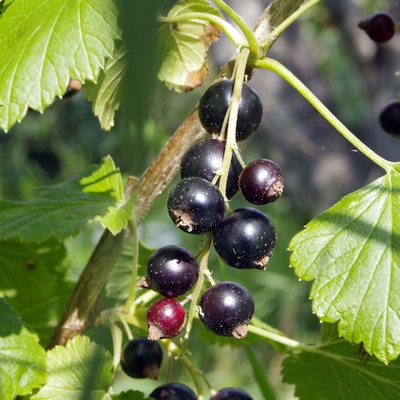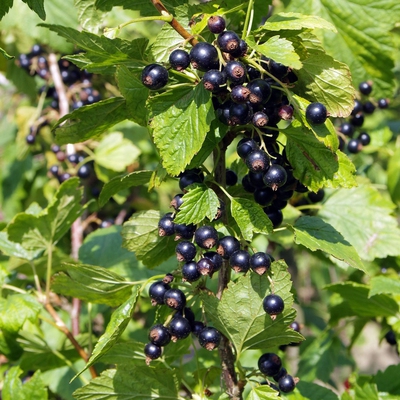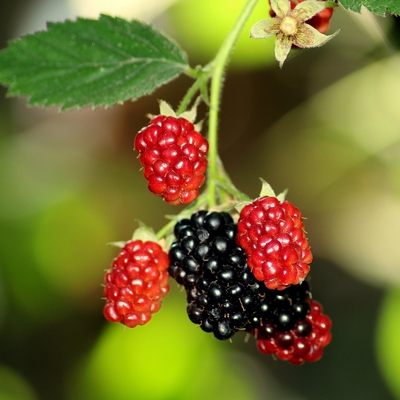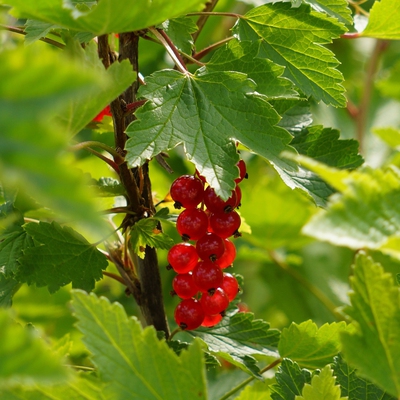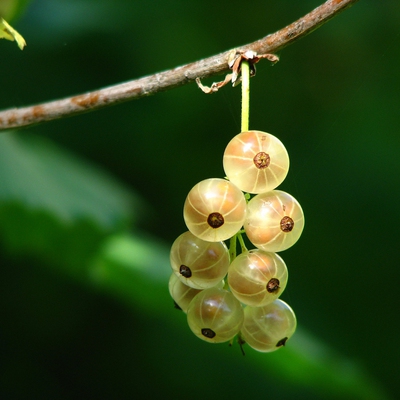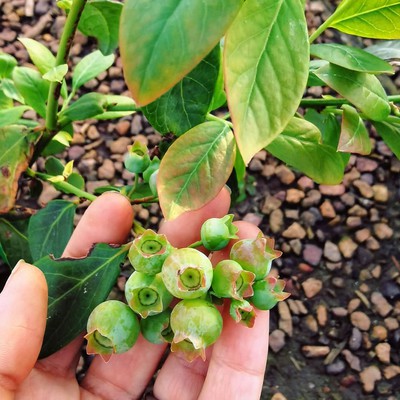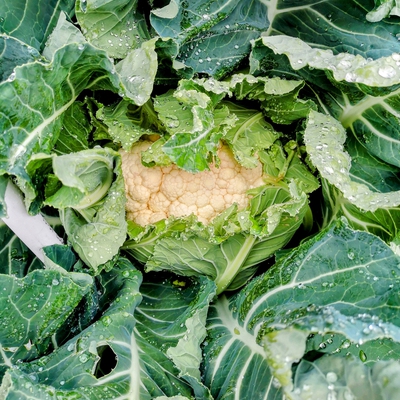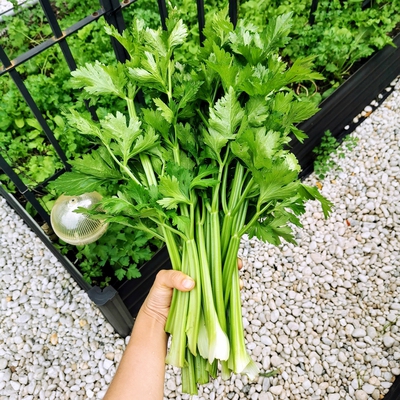This is a guide to growing Blackcurrants. It includes information on sun requirements, when to plant, feeding and harvesting tips. Pests and troubleshooting notes are also included.
 Soil
Soil
What soil is good for Blackcurrant?
Plant Blackcurrants in well draining soil with plenty of organic matter mixed in.
 Position
Position
How much sun does Blackcurrant need?
Blackcurrants require a full sun to afternoon shade position.
 Frost Tolerant
Frost Tolerant
Is Blackcurrant frost tolerant?
Yes, Blackcurrants are generally frost tolerant, but they may need protection from severe frosts.
 Spacing
Spacing
How much space does Blackcurrant need?
Roughly Blackcurrants 1m apart.
 Planting
Planting
When should I plant Blackcurrant?
Late autumn or early spring is the best time to transplant most dormant Currant plants. Plants, with the exception of bare-root, can be transplanted at anytime between when the ground thaws and when it freezes (so anytime if you are in a frost free climate). However, if transplanting in the heat of summer, you'll need to be diligent in watering and provide extra shade for your plant in the first few weeks after transplanting.
Dig a hole 2-3 times the width of the root ball. The hole should allow the plant to sit at the same level in the soil as it was previously. Fill the hole with soil ensuring that the crown of the plant, where the roots and stem meet, is level with the soil surface.
Plant out in the early morning or evening and/or on an overcast day. Avoid planting at peak sun times or on windy days, this will allow your plants to settle in comfortably and protect them from windburn and sunburn.
 Feeding
Feeding
What do I feed Blackcurrant?
Fertilise the Blackcurrants a few weeks after planting with an organic fertiliser.
Each spring, apply potash and top dress the soil around the plant with well rotted compost. Apply an organic fertliiser throughout the season if plant leaves begin showing signs of deficiency.
Add a 2 inch layer of mulch around the plant to retain moisture.
 Harvesting
Harvesting
When can I harvest Blackcurrant?
Continuously harvest the Currants throughout the season when they are black. Fruits can be eaten fresh or frozen for future use.
 Pests
Pests
What pests does Blackcurrant get?
Pests that may affect Blackcurrants include: Aphids, Mites, Weevils, Earwig, Slug, Snail.
 Diseases
Diseases
What diseases does Blackcurrant get?
Diseases that can affect Blackcurrants include: Cane Blight, Gray Mold, Leaf Spot, Spur Blight, Rust, Fire Blight, Leaf Curl, Mosaic Virus, Raspberry Ringspot, Phytophthora Root Rot, Blackcurrant Reversion Disease.
 Notes
Notes
Is there anything else I need to know about Blackcurrant?
At the end of the season, prune the Blackcurrant plant in order to remove old or unproductive wood. Open up the centre to let light and air in by removing any overlapping branches, this will help to prevent disease and increase growth and fruit production for the next season.
